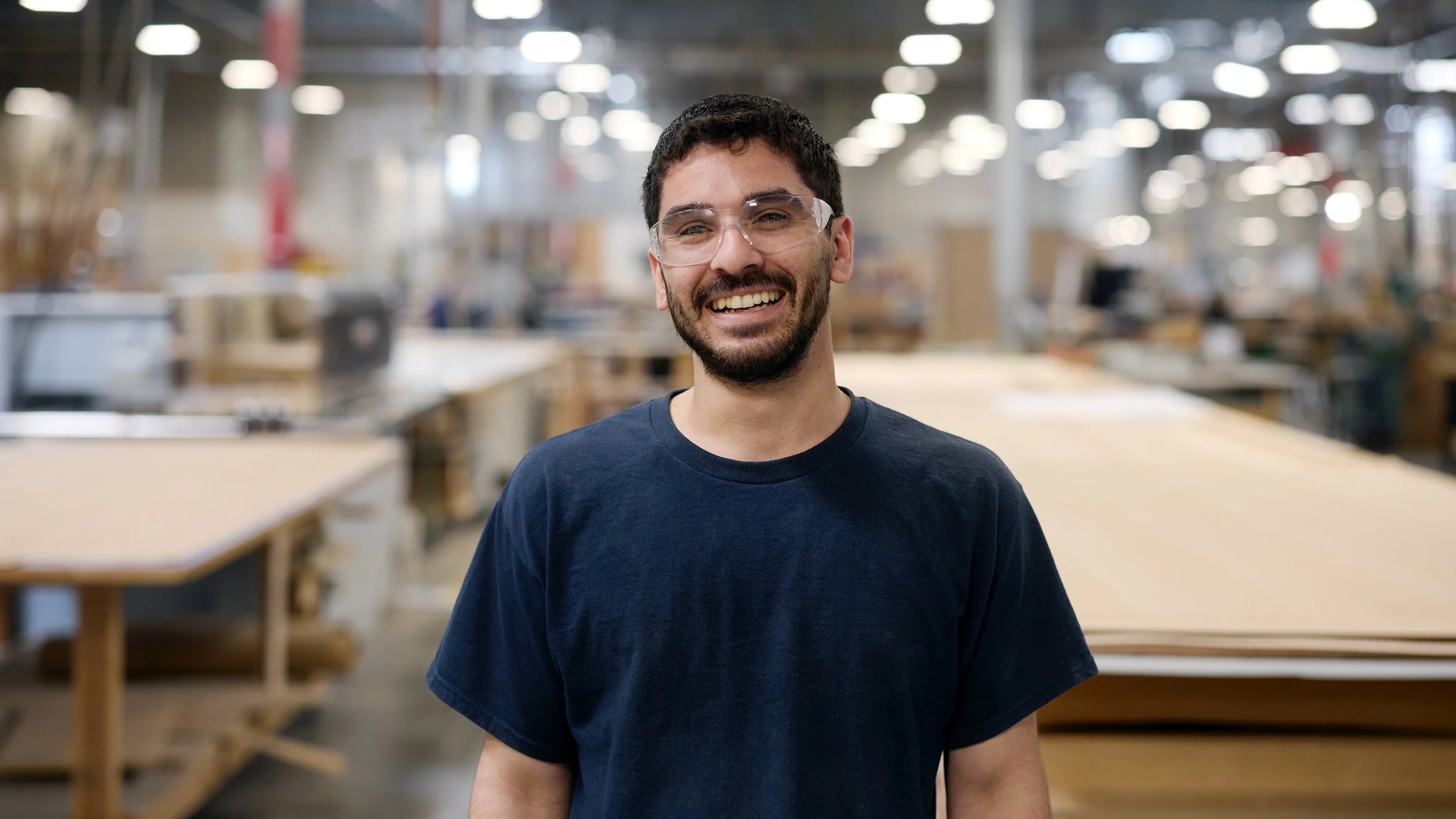American Football’s plan to turn Urbana into a creative hub
Few bands embody the Midwest’s rich cultural landscape quite like American Football. The Urbana, Illinois-based group helped define the “Midwest emo” sound in the late 1990s, blending intricate guitar work and emotionally raw lyrics into an iconic, genre-defining sound. Now, they’ve gone a step further in cementing their legacy by purchasing a piece of that history—the house featured on their 1999 self-titled album cover.
In a recent interview on the How Long Gone podcast, lead singer Mike Kinsella shared details about the band’s acquisition of the now-famous house in Urbana. The decision was made during a return to their hometown after COVID-19. As Kinsella described it: “The impetus was, played a show in Champaign, or Urban[a]... It was in Urban[a], the show, actually, a few years ago, coming out of COVID... We were all drunk, and we're like, we should buy the house.”
For fans of the band, the house has long been a pilgrimage site, with its image gracing the cover of their debut album. The purchase of the house isn’t just nostalgic, though—it’s also a future-facing investment into the region’s creative potential. “This is a great investment opportunity for the band... Oh, I mean, it's like a creative space. Yeah, so, I mean, it is Airbnb-able. I mean, we gotta pay the rents on it,” Kinsella said.
What makes this venture so special is that American Football isn’t just preserving the house as a symbol of their past—they’re turning it into a functional hub for creative projects. As Kinsella revealed, “We got like a writer residency coming up. Like a poet is staying there for a few weeks. We have a band track[ing] an album over three weeks there.” The house is no longer just a touchstone for emo fans but a living, breathing space for new art to be created.
This creative endeavor is an exciting step in American Football’s ongoing connection to the Midwest. By turning their history into a cultural resource, they are investing back into the local arts community. The poetry residency and recording sessions point to a band that sees their legacy as something that can evolve, supporting others in the process.
The band’s connection to the house runs deep, reflecting a long history with Polyvinyl Records, the label based in Urbana. “The band has collectively bought the house with the label as an entity... Our buddy Chris, who literally shot the house and lived in the house in college... And he still has family in Urbana,” Kinsella shared. This kind of collaboration with old friends and creative partners underscores how interconnected their journey has been with the cultural fabric of the region.
In true American Football fashion, there’s a practical side to the project. Kinsella joked, “We high-five, because it's so fun to have this, just this text thread of like, while we were, when we got it, it was in disarray and we needed some new work... somebody at the label's son cleaning the yard... get him to work.”
The house is also tied to the band’s roots in Chicago, another major Midwest cultural center. Kinsella’s enthusiasm for Chicago’s infamous drink, Malört, was on full display during the interview. “I am actually yeah. I really like it,” he said. “Now you drink it because... you're in town and your friends tell you you have to drink it.”
For American Football, their recent moves, from acquiring the house to launching a poetry residency, reflect a commitment to building something lasting in the Midwest. Rather than simply looking back on their past, they are investing in the region’s cultural future. Fans of the band—and of Midwest creativity—have a lot to look forward to as the band continues to shape their legacy from the very house where it all began.


